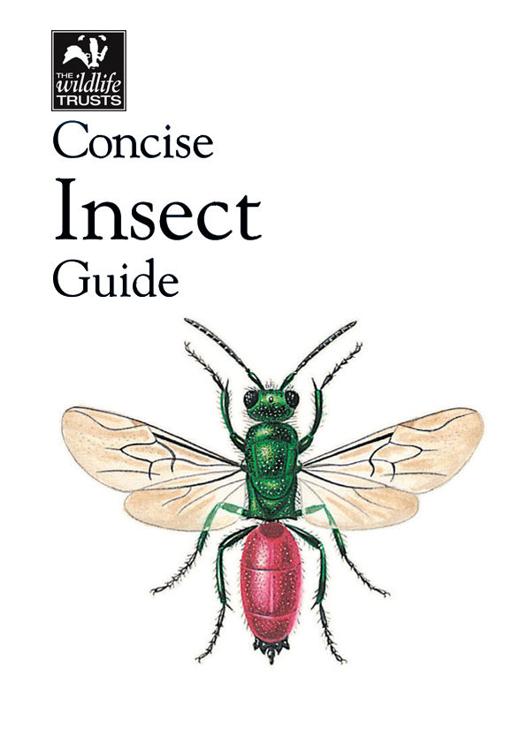
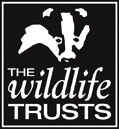 There are 47 individual Wildlife Trusts covering the whole of the UK and the Isle of Man and Alderney. Together The Wildlife Trusts are the largest UK voluntary organization dedicated to protecting wildlife and wild places everywhere at land and sea. They are supported by 791,000 members, 150,000 of whom belong to their junior branch, Wildlife Watch. Every year The Wildlife Trusts work with thousands of schools, and their nature reserves and visitor centres receive millions of visitors. The Wildlife Trusts work in partnership with hundreds of landowners and businesses across the UK in towns, cities and the wider countryside. Building on their existing network of 2,250 nature reserves, The Wildlife Trusts recovery plan for the UKs wildlife and fragmented habitats, known as A Living Landscape, is being achieved through restoring, recreating and reconnecting large areas of wildlife habitat.
There are 47 individual Wildlife Trusts covering the whole of the UK and the Isle of Man and Alderney. Together The Wildlife Trusts are the largest UK voluntary organization dedicated to protecting wildlife and wild places everywhere at land and sea. They are supported by 791,000 members, 150,000 of whom belong to their junior branch, Wildlife Watch. Every year The Wildlife Trusts work with thousands of schools, and their nature reserves and visitor centres receive millions of visitors. The Wildlife Trusts work in partnership with hundreds of landowners and businesses across the UK in towns, cities and the wider countryside. Building on their existing network of 2,250 nature reserves, The Wildlife Trusts recovery plan for the UKs wildlife and fragmented habitats, known as A Living Landscape, is being achieved through restoring, recreating and reconnecting large areas of wildlife habitat.
As well as protecting wildlife this is helping to safeguard the ecosystems that we depend on for services like clean air and water. The Wildlife Trusts are also working to protect the UKs marine environment. They are involved with many marine conservation projects around the UK, often surveying and collecting vital data on the state of our seas. Every year they run National Marine Week in August a two-week celebration of our seas with hundreds of events taking place around the UK. All 47 Wildlife Trusts are members of the Royal Society of Wildlife Trusts (Registered charity number 207238). To find your local Wildlife Trust visit wildlifetrusts.org ContentsIntroduction Insects are invertebrates, and thus have no internal skeleton.
Instead they have an outer shell that contains the internal organs. They are distinguished from spiders and other arachnids by having six legs (arachnids have eight). During its lifetime an insect will go through a series of metamorphoses. At each of these stages it changes its appearance quite dramatically. About a million insect species have been identified so far, and more remain to be described. Almost 100,000 species are found in Europe, with more than 20,000 occurring in Britain.
The Concise Insect Guide illustrates some of the most common and distinctive species, and provides details of their distinguishing characteristics, distribution, habitat and behaviour. Insect Structure Some insects are so small that a microscope is needed to see them clearly, while a number of moths and dragonflies have wingspans of up to 12cm. The form that they take is also very varied, but they do share certain anatomical characteristics. The bodies of adult insects have three main parts: the head, the thorax and the abdomen. Head The head has a pair of compound eyes, whose surfaces are faceted with tiny lenses. The number of these lenses, or facets, varies, but dragonflies, which are swift fliers and active predators, have several thousand in each eye, while some soil-dwelling insects may have none.
In addition some insects have ocelli, very simple eyes on the front of the head, probably for detecting the intensity of light rather than for producing images. Insects have two antennae, which are the sensors of smell and touch. Some species have simple antennae that are a series of similar segments well supplied with nerve endings. In other species the antennae may be more complex: branched as in weevils or feather-shaped as in moths. The head also contains the mouthparts, which are complex and vary according to the feeding method of a species. The mouthparts comprise a pair of jaws, a pair of secondary jaws and a lower lip.
There are also four palps that examine the food before it is eaten. The secondary jaws and the lower lip hold the food steady, while the other set of jaws cuts it up. The mouthparts of species that feed on liquids have been modified quite dramatically. True bugs that feed on the sap of plants have piercing mouthparts. Mosquitoes and horseflies have long needle-like jaws, with which they pierce an animals skin and withdraw its blood. Thorax The thorax is the motor centre of an insect. Thorax The thorax is the motor centre of an insect.
It has three segments, on each of which is a pair of legs. The pronotum is a tough plate over the front of the thorax. The legs are variable, but have a femur or thigh, a tibia or shin, and a tarsus or foot. The second segment carries a pair of wings . If there is a second pair of wings, they are on the third segment. Most insects have wings, but they are missing from the primitive bristletails and springtails, and from the parasitic lice and fleas.
The scientific names of many of the orders of insects describe their wings: Coleoptera (beetles) means leather wings, Lepidoptera (moths and butterflies) means scaly wings, Diptera (flies) means two wings. The forewings of beetles (elytra) are thick and leathery, providing a covering for the hindwings. In flight they are held upright. Body design of a Common Earwig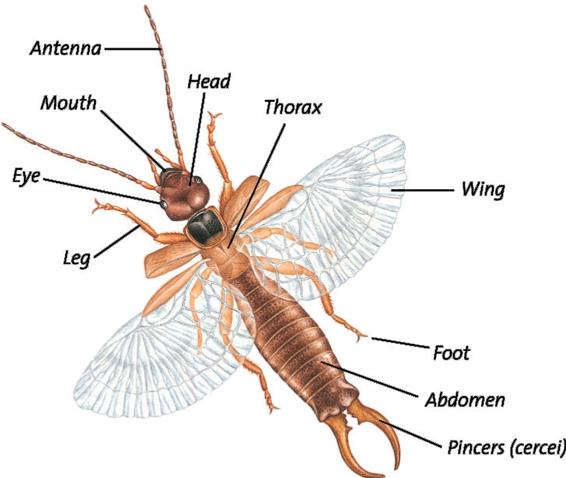 Abdomen The abdomen is the centre of digestion and excretion. It is also where the sexual organs are situated. Most insects have eleven abdominal segments.
Abdomen The abdomen is the centre of digestion and excretion. It is also where the sexual organs are situated. Most insects have eleven abdominal segments.
At the tip there is a pair of cerci, or tail-feelers. Earwig cerci consist of pincers that may be used in fighting, while those of many male bush-crickets and some other insects are used for grasping the female during mating. Females have an ovipositor between the eighth and ninth segments, usually concealed inside the body. Some species, such as the ichneumons and the Horntail, have long and exposed ovipositors. In bees and wasps, the ovipositor has lost its egg-laying function and has been replaced by a sting. Life Cycles of Insects It is well known that insects go through a series of developmental stages, or metamorphoses.
However, the nature and timing of these stages differ between groups and species. The first stage is the egg. The hatchling from the egg looks nothing like its parent, except in the case of some of the most primitive insects. The best-known life cycle is that of butterflies, whose larvae are caterpillars, which then pupate to become chrysalids, from which emerge the adult insects. The caterpillars sole purpose is eating, and as it grows it sheds its outer covering in a series of moults. As an insect moults it becomes slow and seeks cover because it is very vulnerable; the process of moulting is thus difficult to see in the wild.
Dragonflies lay their eggs in water and the larvae develop underwater, emerging up the stems of plants, then shedding their larval casing to emerge as adult insects. Grasshoppers have a partial metamorphosis, with the young, or nymphs, looking like tiny adults and growing in a series of nymphal stages, shedding their skins several times until they reach adulthood. The life cycle of the Stag Beetle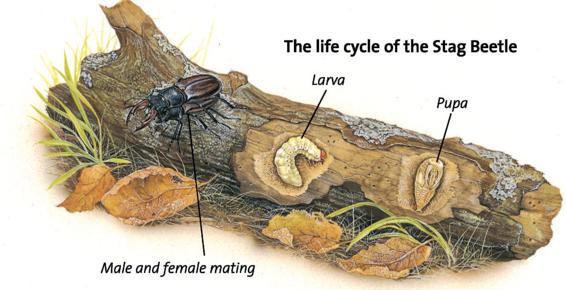 Distinguishing Between Insects The insects in this book appear within the orders to which they belong. They are briefly described below.
Distinguishing Between Insects The insects in this book appear within the orders to which they belong. They are briefly described below.
Next page
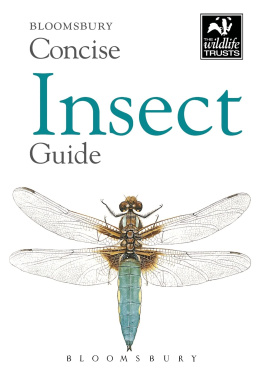
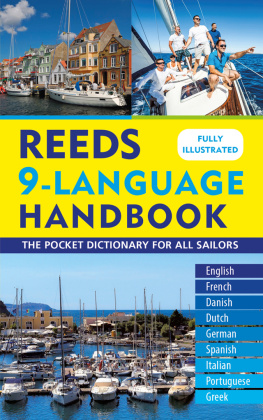
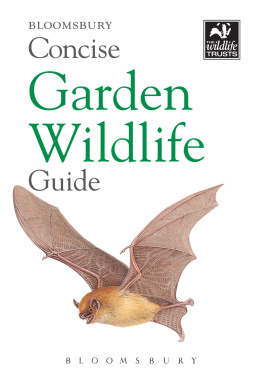


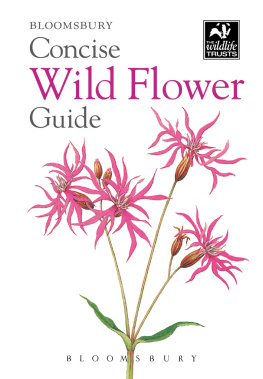
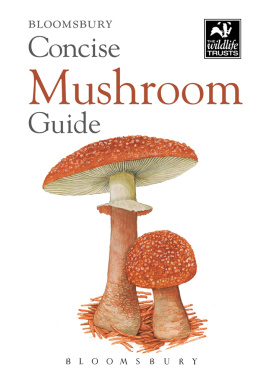
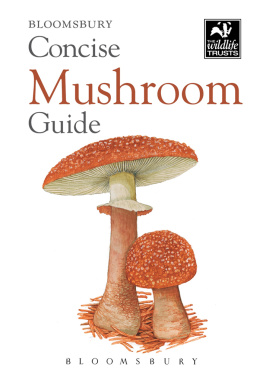
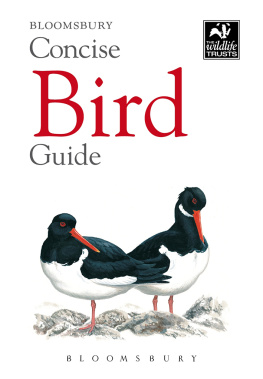
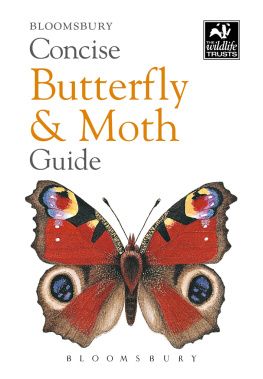
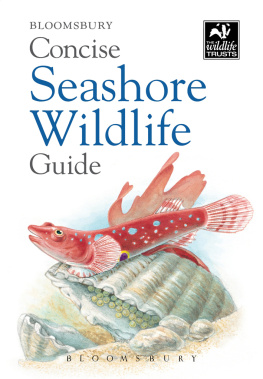
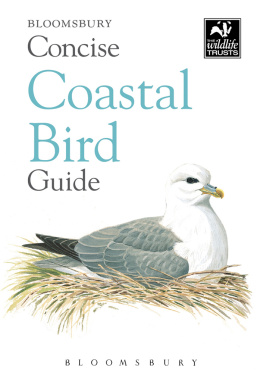
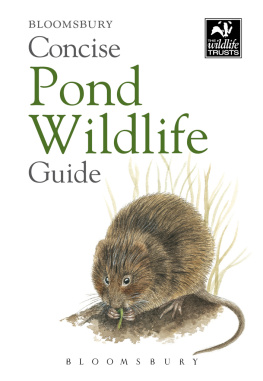
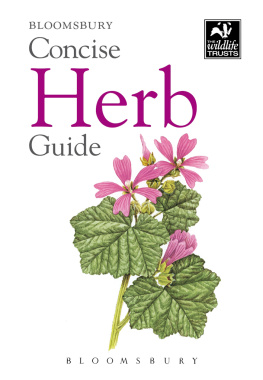
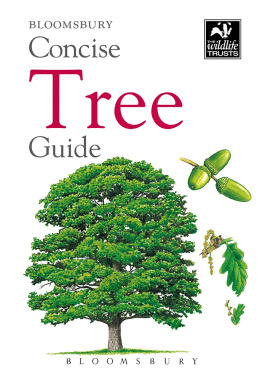
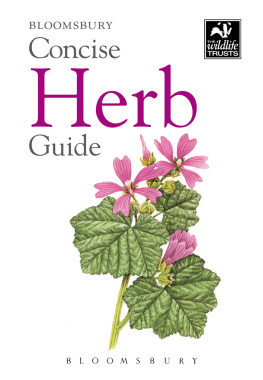

 There are 47 individual Wildlife Trusts covering the whole of the UK and the Isle of Man and Alderney. Together The Wildlife Trusts are the largest UK voluntary organization dedicated to protecting wildlife and wild places everywhere at land and sea. They are supported by 791,000 members, 150,000 of whom belong to their junior branch, Wildlife Watch. Every year The Wildlife Trusts work with thousands of schools, and their nature reserves and visitor centres receive millions of visitors. The Wildlife Trusts work in partnership with hundreds of landowners and businesses across the UK in towns, cities and the wider countryside. Building on their existing network of 2,250 nature reserves, The Wildlife Trusts recovery plan for the UKs wildlife and fragmented habitats, known as A Living Landscape, is being achieved through restoring, recreating and reconnecting large areas of wildlife habitat.
There are 47 individual Wildlife Trusts covering the whole of the UK and the Isle of Man and Alderney. Together The Wildlife Trusts are the largest UK voluntary organization dedicated to protecting wildlife and wild places everywhere at land and sea. They are supported by 791,000 members, 150,000 of whom belong to their junior branch, Wildlife Watch. Every year The Wildlife Trusts work with thousands of schools, and their nature reserves and visitor centres receive millions of visitors. The Wildlife Trusts work in partnership with hundreds of landowners and businesses across the UK in towns, cities and the wider countryside. Building on their existing network of 2,250 nature reserves, The Wildlife Trusts recovery plan for the UKs wildlife and fragmented habitats, known as A Living Landscape, is being achieved through restoring, recreating and reconnecting large areas of wildlife habitat. Abdomen The abdomen is the centre of digestion and excretion. It is also where the sexual organs are situated. Most insects have eleven abdominal segments.
Abdomen The abdomen is the centre of digestion and excretion. It is also where the sexual organs are situated. Most insects have eleven abdominal segments. Distinguishing Between Insects The insects in this book appear within the orders to which they belong. They are briefly described below.
Distinguishing Between Insects The insects in this book appear within the orders to which they belong. They are briefly described below.